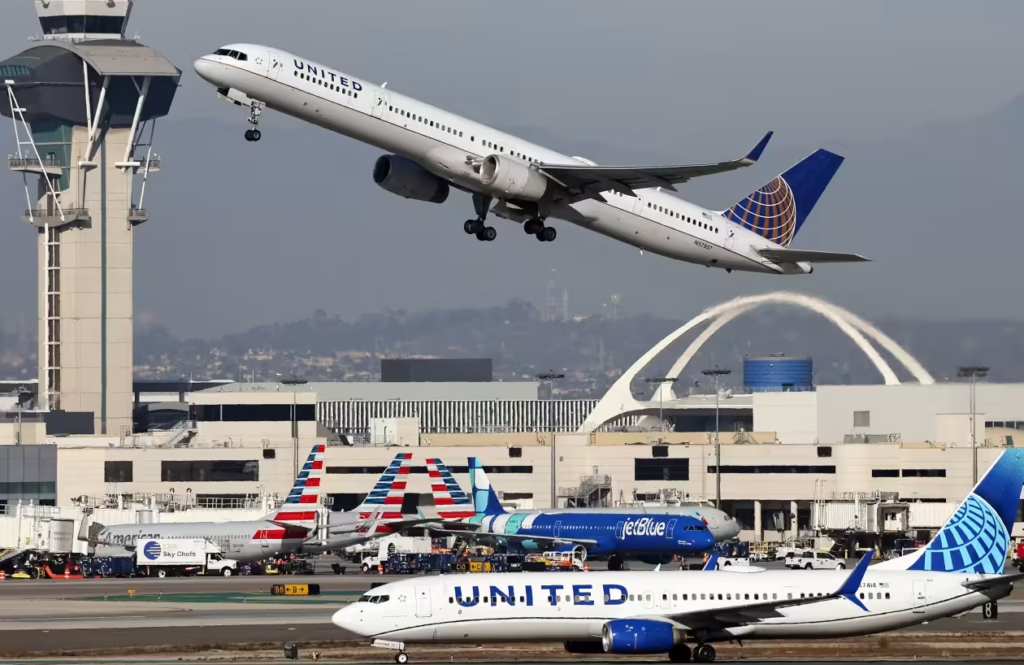Wall Street predicts that, despite increased demand over big holidays, major U.S. airlines would likely reduce their passenger capacities to reflect weaker demand for the remainder of the year. The financial snapshots of these airlines are now approaching.
Next week, Delta Air Lines Inc. will release its second-quarter profits, setting the tone for the other big U.S. airlines.
In contrast to low-cost and ultralow-cost airlines, Delta and its two rivals, American Airlines Group Inc. (AAL) and United Airlines Holdings Inc. (UAL), are better protected against revenue and earnings risks because Wall Street believes that premium tickets perform better than main-cabin tickets and that international travel performs better than domestic travel.
Investors “will be looking for commentary on green shoots in demand, and any further commentary on [second half of 2025] capacity cuts could be viewed positively,” BofA Securities analyst Andrew Didora wrote in a note on Tuesday. He stated that the business is still trying to balance supply and demand.
It appears that supply won’t be a problem in the future: The travel and leisure organization AAA announced last month that it anticipates 5.84 million passengers to take flights to their destinations on July 4th, a 1.4% increase over the previous record of 5.76 million passengers established during the previous Independence Day week. It’s also anticipated that road excursions would break previous records.
According to AAA, the average cost of a round-trip domestic flight is $810, which is roughly 4% more than it was the previous year.
On July 10, Delta Air Lines is expected to release its quarterly results. According to a FactSet survey of analysts, Delta is expected to announce adjusted earnings of $2.04 per share, down from an adjusted $2.36 per share in the second quarter of 2024. At $15.41 billion, sales are expected to be comparable to the same period last year.
A week or so later, United Airlines and American Airlines are anticipated to follow. According to the FactSet expectation, United’s adjusted earnings would be $3.83 per share, down from $4.14 in the same quarter last year, on sales of $15.37 billion, up from $14.99 billion.
Additionally, reduced revenue and a smaller profit are anticipated for American Airlines in the April–June quarter: FactSet analysts predict sales of $14.28 billion, down from $14.33 billion, and adjusted earnings of 79 cents per share, down from $1.09 per share a year earlier.
According to a representative for American Airlines, the airline will reveal its second-quarter earnings date the following week. A request for comment was not immediately answered by United.
In a report on Tuesday, Raymond James analyst Savathi Syth stated that after mid-August, there is little insight into the postsummer, off-peak season.
Syth anticipates second-quarter earnings to beat all estimates, but third-quarter projections are probably going to be worse, she added.
A “postsummer domestic rationalization,” according to the analyst, is also anticipated, with a large portion of the third-quarter moderation taking place after the busiest summer travel season.
This year, American Airlines’ stock is down over 33%, while Delta’s and United’s stock are down roughly 18% and 17%, respectively. In comparison, the S&P 500 index SPX saw gains of nearly 5% during that time, while the U.S. Global JETS ETF had a loss of roughly 8%.





